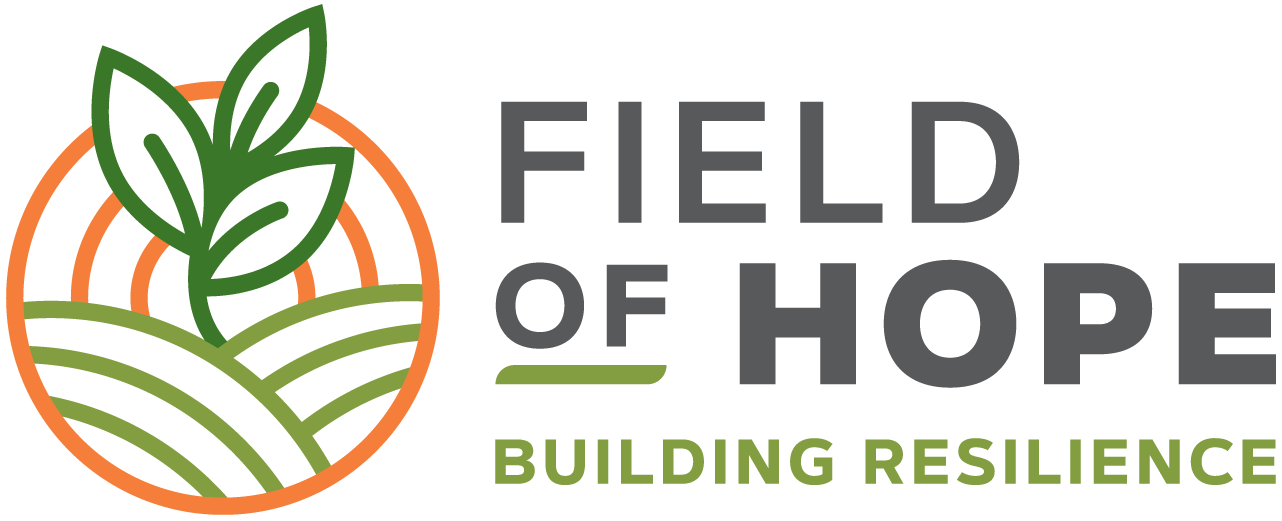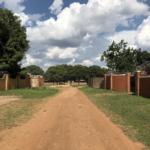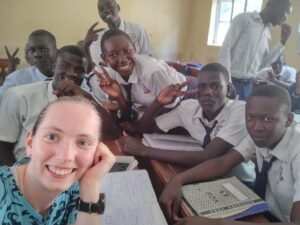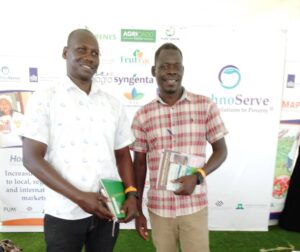Shifting Narratives: What the World Sees, What I See
What do you think about then you hear “developing country”?
Seriously, stop and think about it.
Look up from your device and try to picture it in your mind.
Think about the environment. What does the country look like? What is the structure of the houses, roads, and cities? How does it sound? How does it smell?
Think about the people. What do they look like? What are they wearing? Where are they and how are they moving around?
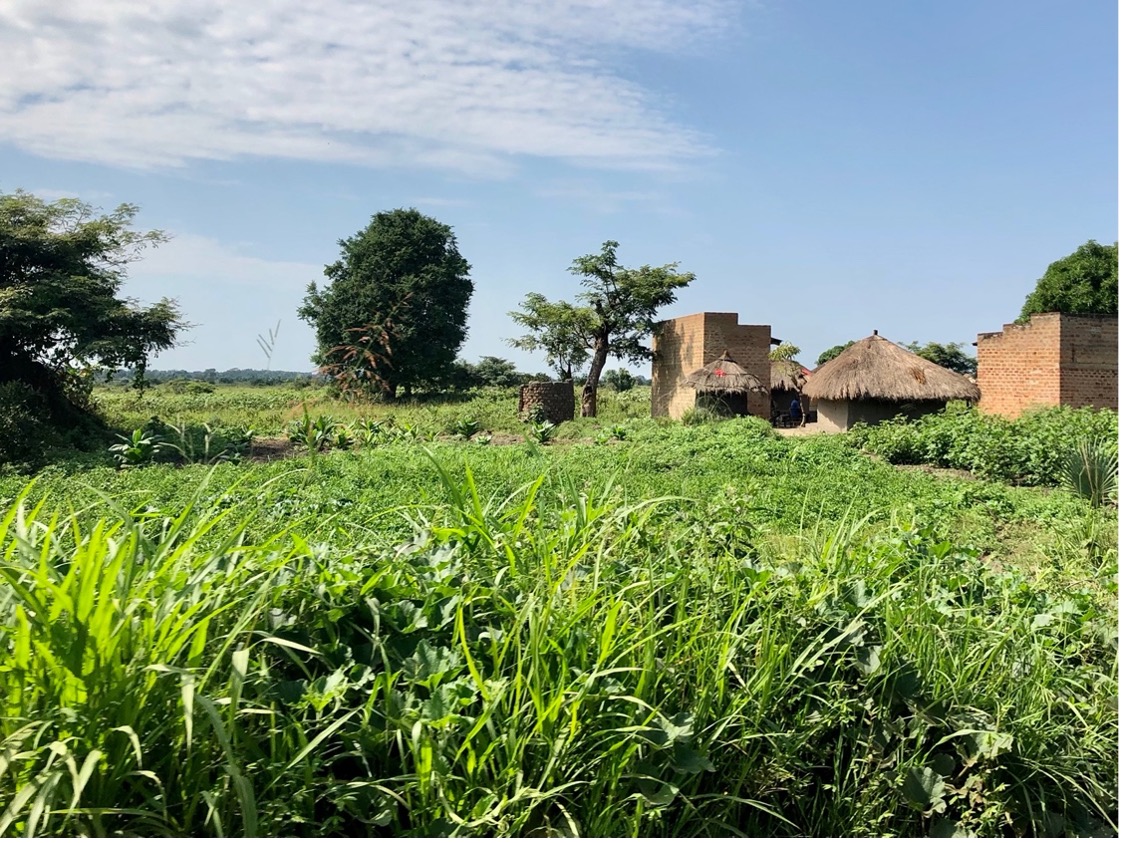
If you actually stopped to answer those questions, your mind likely followed one of two paths, both based on personal experience:
Path 1: If you have ever traveled to a developing nation, your mind likely took you back to that place and easily created an image based on what you have seen.
Path 2: If you have never been to a developing nation, your mind likely created its own image informed by what you have heard or observed through media or educational resources.
Neither one of those paths is superior to the other, in fact they are simply the result of natural processes in the brain that seek to build understanding through prior experience. But sometimes, the image our mind creates could not be further from reality.
At the risk of being misunderstood, I am going to be very honest. If you had asked me those questions a few years ago, my response would have sounded something like this:
“I imagine dirt roads and houses structured like huts, made of either sticks or mud. People are walking to get from place to place. There are piles of trash scattered across the ground, clothes hanging outside, and animals grazing at the side of the streets. The sounds are only those made by faint voices or animals in the distance, unless you are at the market, then it is loud and busy.
The people are slim from limited diets. They are dressed in clothes with faded colors that are worn and thin from age. Their eyes look tired, and their faces look stressed from enduring a life of scarcity.”

There is a part of me that is embarrassed to admit that this is the image my mind would have created in the past—a list of assumptions informed only by pictures seen in the news, a narrative formed by promotional stories of aid agencies. Still, there is a part of me that knows this narrative does in fact exist in parts of the developing world and I would like to think that this is a safe space for both truths to exist at the same time.
Narratives have a funny way of changing when we actually live in a place instead of just observing life from a distance. Suddenly, you may come to realize that what the world taught you to see when you think about a certain situation is drastically different from what you see in real life.
When I look at Uganda, even after living here for just a few short weeks, I realize that what much of the world sees when they think about development is not what I see.
They see dirt roads and humble homes, but I see communities built on connection.
They see worn human exteriors, but I see hearts full of compassion.
 They see faded clothes and dirty hands, but I see people working hard to provide.
They see faded clothes and dirty hands, but I see people working hard to provide.
They see a lack of resources, but I see curiosity and innovation.
They see deficient means, but I see joy in all circumstances.
They see strangers living a completely foreign lifestyle, but I see people with the same basic needs as any other human on this planet.

By: Bekah McCarty
